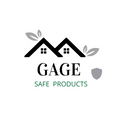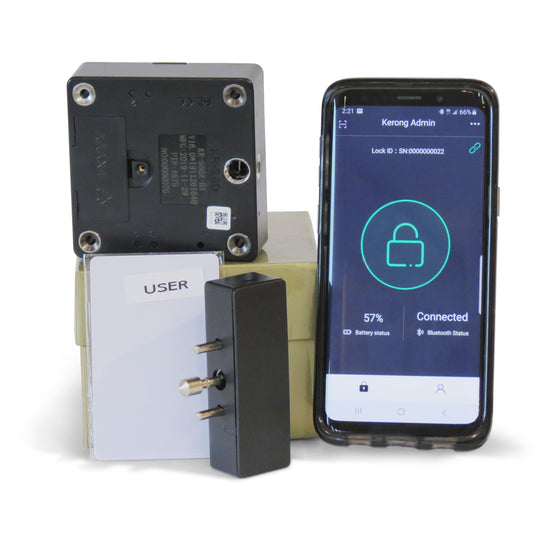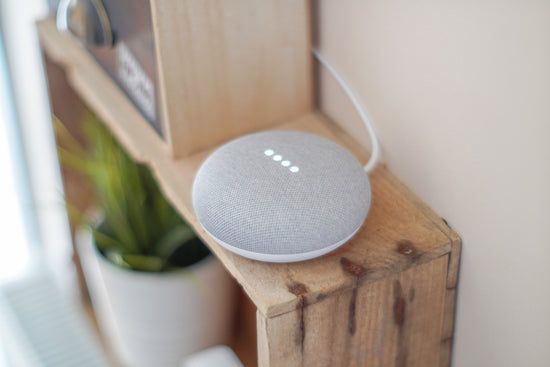Photo from PEXELS
Here’s Your Plan to Keeping Your Family Safe
If there’s anything that the current pandemic has taught us, it’s that home is the safest place to be. Despite the fact that the pandemic has significantly slowed due to vaccinations, it’s still wise to be vigilant and take measures to create a truly safe haven for your family. Having a safety plan will not only ensure that you weather out the current situation without a hitch, but also be constantly prepared for emergencies.
Be safe and lock up your cabinets with a lock system from Gage Safe Products.
Educate the family.
A family safety plan can encompass a wide range of eventualities, ranging from a pandemic to natural disasters. Regardless, the premise and objectives are the same, and it starts with educating every single member of the family.
Of course, it’s not as simple as calling a family meeting and going through bullet points. Rather, your safety plan should consider the specific needs and capacities of each household member. Younger kids, for instance, likely won’t be able to perform tasks that teenaged children can, yet they can be taught to call for help or make their way to the nearest safe zone. It’s important, therefore, to keep your lines of communication open and reinforce the steps of the plan to keep everyone on board.
Stock up on supplies.
In many situations, staying at home is everyone’s safest bet. In this case, your family safety plan should include measures for at-home preparedness. More often than not, the question of supplies is the biggest concern, which is why it’s necessary to have a checklist of essentials you are likely going to need. This will help in ensuring that you’ll have everything you need for as long as possible, while also minimizing the need for supply runs.
First thing’s first—you’re going to need to stock food and water. The fact is, you never really know for sure how long you’re meant to stay inside, so as a rule of thumb, it’s more than prudent to stick to non-perishable items, like canned and dry food and bottled water. However, you also need to take great pains in staying healthy, too. It can be hard to strike a balance, so keep it safe by stocking up on nuts, trail mix, and dried and frozen fruits and vegetables.
Next, you’ll want to have medical and health supplies on hand. It’s a good idea to have several weeks’ or even months’ worth of prescription medication, as well as over-the-counter drugs for fever, pain, cough, diarrhea, and the like. Just as important are disinfectants and hand sanitizers, as well as vitamins.
Putting together a first aid kit is also a wise move. Fundamentally, such a kit should have everything you will ever need to handle possible situations that may arise at home, such as wounds and injuries. With this in mind, a good kit must have items like adhesive dressings, hypoallergenic tape, shears, tweezers, and even a CPR kit. It should also be waterproof and durable. So consider purchasing quality first aid kits instead of putting together your own to guarantee that you have everything you may need, when you need it.
Prepare your home.
If you live in a storm-prone area, it’s critical that you take steps to prepare your home’s exterior. This means having a plan to lock up any patio furniture, outdoor equipment, lawn tools and the like. If you have storm shutters that are usable, become familiar with how to use them effectively. And if you have any large trees near your home, it’s wise to have these removed to avoid any sort of significant damage to your home. This is a job for a pro, so connect with local tree removal services to have the work done. Look for a reputable company by checking out customer ratings and reviews. Ideally, you want to find a contractor who has a long history of business and who is licensed and insured.
Have a plan for emergency situations.
Finally, your family safety plan must also have provisions for if things somehow escalate beyond your shelter-in-place efforts. At the most basic level, your family must be taught to recognize what can be classified as emergencies and respond accordingly by getting in touch with the appropriate emergency services. You can also work with trusted neighbors and loved ones within a safe distance, in case there’s a need to leave your home. Make sure to have emergency contact numbers easily accessible, too, especially to kids. And always keep your valuables secure with locks and lock systems from Gage Safe Products.
Don’t wait until there’s already a full-blown situation to create a plan and get everyone on board. Your family is only as safe as your preparedness, after all, so don’t leave this up to chance.
Article contributed by:: Shirley Martin of Tidy Life Today.




